Installation Art is not merely an art form—it’s an experience. Unlike paintings that you observe from a distance or sculptures that you walk around, Installation Art invites you inside. It swallows you whole, reshaping your surroundings, perspective, and even your state of mind.
Born out of a desire to break the barriers between art and audience, Installation Art is immersive, site-specific, often temporary, and always thought-provoking. It transforms ordinary spaces into realms of emotion, symbolism, and storytelling.
What is Installation Art?
Installation Art is a three-dimensional, often site-specific artistic arrangement that transforms a space to create a specific sensory, conceptual, or physical experience. It can involve:
- Physical materials (wood, metal, fabric, found objects)
- Digital media (video projections, sound, AR/VR)
- Natural elements (water, plants, sand)
- Light, shadow, and time-based effects
Unlike traditional art forms, installation art prioritizes experience over object, turning the viewer into a participant.
A Brief History of Installation Art
Installation Art began taking form in the early 20th century but gained real traction post-1960s, when artists began to rebel against conventional gallery spaces and elitist art culture.
Key Milestones:
- 1920s: Marcel Duchamp creates immersive environments like Etant donnés.
- 1960s-70s: Artists like Yayoi Kusama, Joseph Beuys, and Allan Kaprow begin exploring installation as a distinct form.
- 1980s-present: Installations become more interdisciplinary, combining tech, science, and architecture.
Characteristics of Installation Art
- Site-Specific: Created to exist in a certain place, often tailored to the architecture, history, or mood of the space.
- Temporal: Many installations are temporary and are dismantled after the exhibition ends.
- Multi-Sensory: Engages sight, sound, touch, and sometimes even smell or taste.
- Immersive: Designed to engulf or surround the viewer.
- Interactive: May require viewer participation to be complete.
Famous Installation Artists & Works
1. Yayoi Kusama – Infinity Mirror Rooms
Step into a room where hundreds of mirrored reflections and glowing orbs create a cosmic hallucination. Themes of infinity, self, and mental health run through her work.
2. Olafur Eliasson – The Weather Project
Installed at the Tate Modern, this gigantic glowing sun and mist-filled room simulated a surreal weather system. It emphasized climate, perception, and the sublime.
3. Ai Weiwei – Sunflower Seeds
A sea of 100 million hand-painted porcelain sunflower seeds spread across a floor—each one unique. It challenged notions of mass production and individuality.
4. James Turrell – Skyspaces
Creates environments that frame the sky as art. Manipulating light and color, his spaces foster quiet, almost spiritual introspection.
5. Ann Hamilton – the event of a thread
Involved swings connected to a giant white curtain. As people swung, the curtain moved—symbolizing human connection and shared rhythm.
Installation Art Gallery

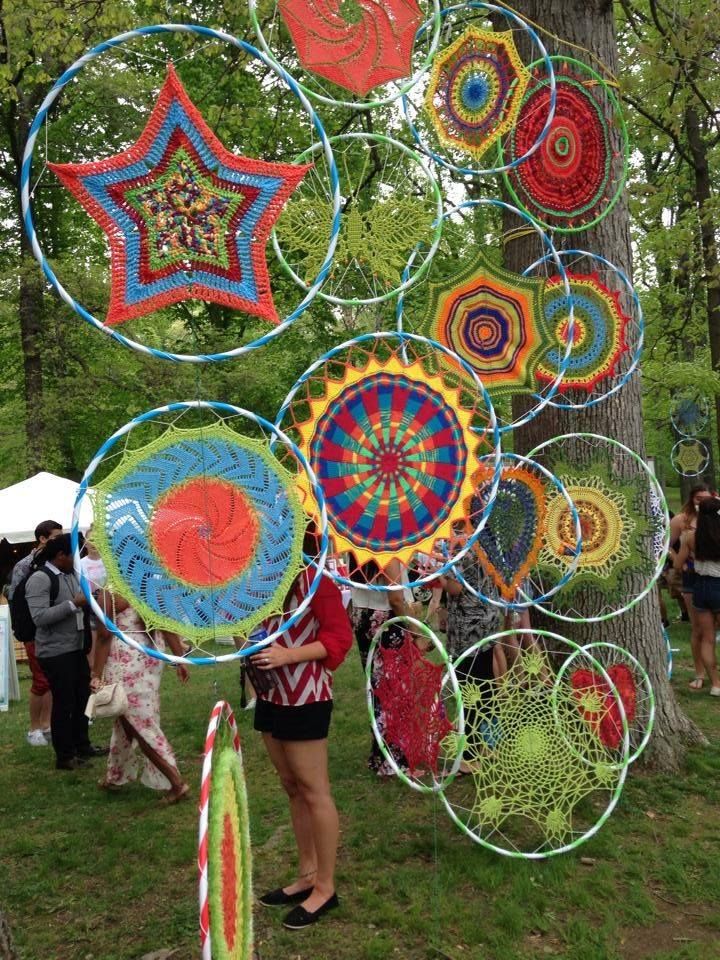
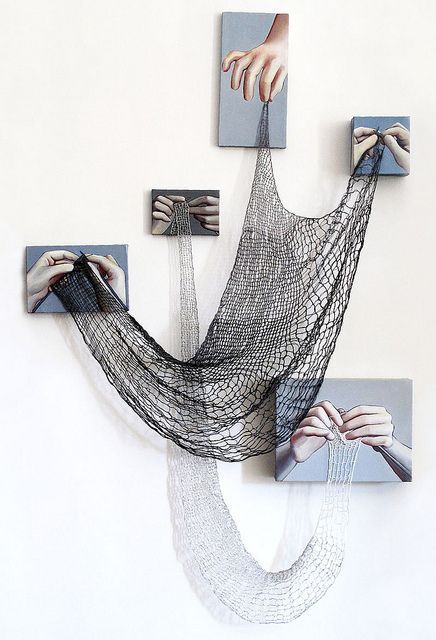
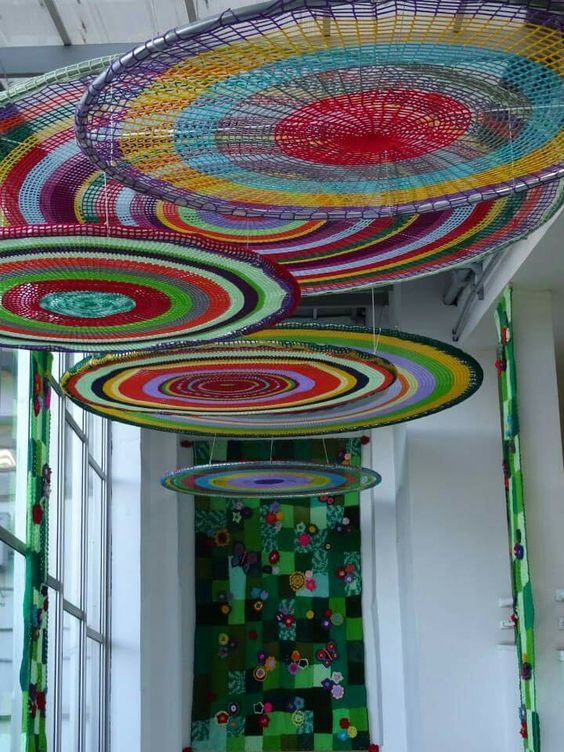
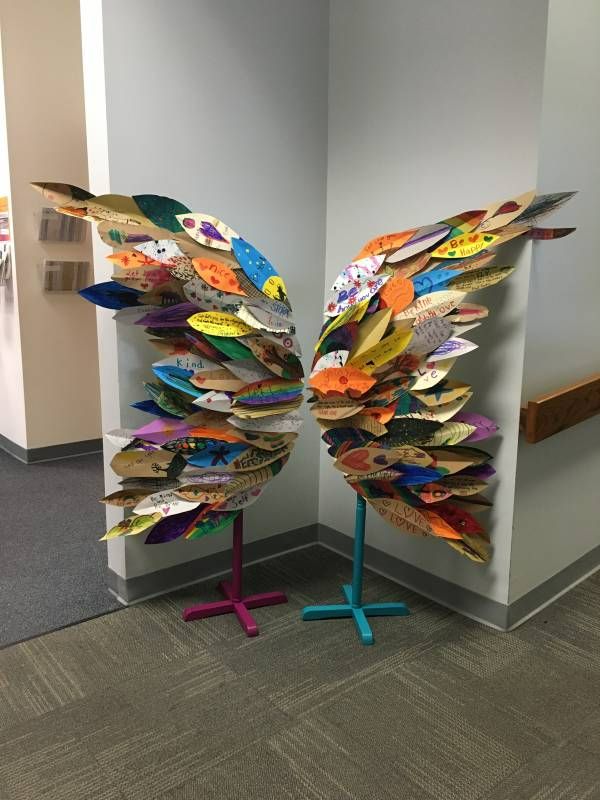
Why Installation Art Matters
- Breaks traditional boundaries: You don’t just observe—you live the art.
- Fosters deep engagement: Emotions, memories, and senses are activated.
- Accessible & inclusive: Often installed in public or non-traditional spaces.
- Encourages reflection: Topics like identity, technology, ecology, and society are explored in real space.
- Enables collaboration: Artists often work with engineers, architects, and even local communities.
Types of Installation Art
Environmental Installations
- Incorporate natural elements
- Often outdoors, reacting to landscape and weather
Sound Installations
- Use ambient or composed soundscapes
- May change depending on the audience’s movement
Light-Based Installations
- Manipulate natural or artificial light
- Example: LED tunnels, laser spaces, or shadow art
Multimedia Installations
- Combine video, audio, VR, sensors, and projections
Interactive Installations
- React to touch, motion, sound, or heat
- Example: Rooms that change color based on your heartbeat
Installation Art Around the World
From art museums to street festivals, installation art is found globally:
- Burning Man (USA): Experimental desert-based installations
- TeamLab (Japan): Digital interactive museums
- Biennale Arte (Venice): A global stage for innovative installations
- Desert X (California): Outdoor Land and Installation art in arid landscapes
Installation Art vs Sculpture
| Feature | Installation Art | Sculpture |
|---|---|---|
| Immersive | Yes | No |
| Site-Specific | Often | Rare |
| Multi-Sensory | Frequently | Occasionally |
| Interactivity | Often | Minimal |
| Temporality | Often Temporary | Usually Permanent |
The Role of Technology
Modern installation art increasingly uses:
- Augmented & Virtual Reality
- Artificial Intelligence & Machine Learning
- Motion Sensors & Sound Reactivity
- Projection Mapping
This brings art into the future and makes it deeply personal and adaptable.
Creating Your Own Installation Art
Want to try it yourself? Start small:
- Choose a space (even a room corner)
- Pick a theme or feeling (e.g., nostalgia, chaos)
- Use objects, lights, textures, and sounds
- Guide the experience through written or audio prompts
Document it and share your process—because installation art is also about storytelling.
Final Thought
Installation Art is a journey into the mind, body, and environment. It turns space into story, object into environment, and viewer into participant. It dissolves the boundary between art and life.
“You don’t just look at installation art. You step inside it. And in doing so, you step into someone else’s imagination.”
So next time you see a glowing room, a whispering tunnel, or a forest of paper cranes hanging in the air—step closer. You may not just find art. You might find yourself.
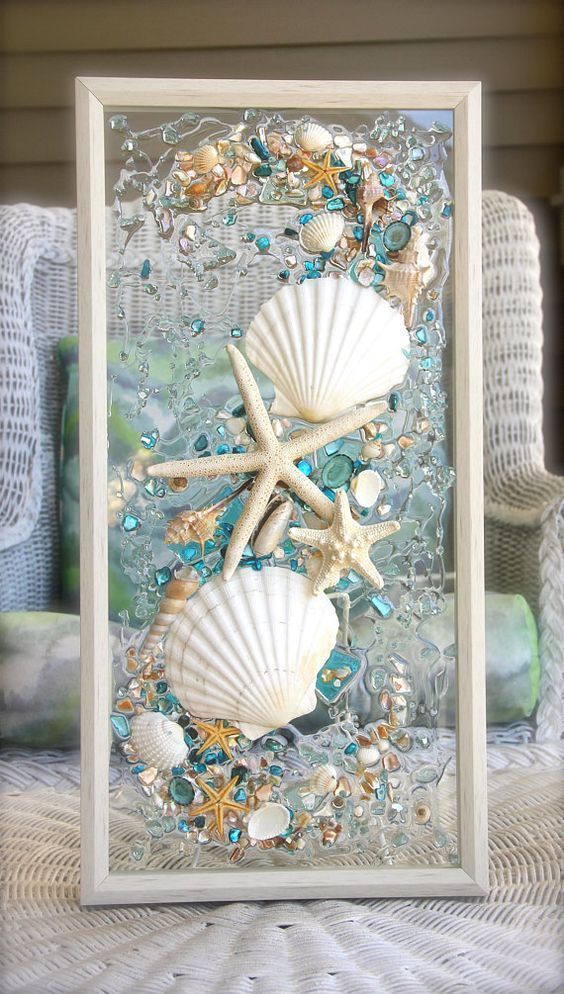
Leave a Reply